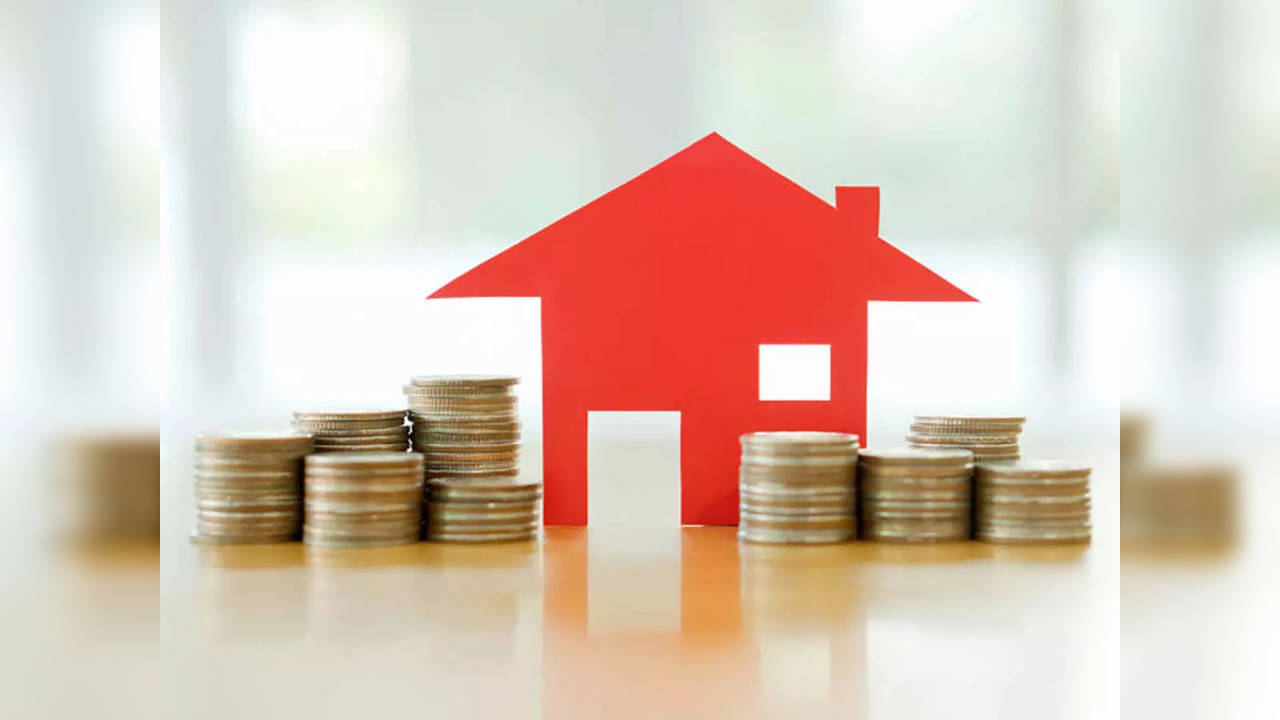HIGHLIGHTS
- As interest rates are expected to rise further this fiscal year, borrowers who are unable to increase their equivalent monthly installments (EMIs) would see an increase in tenure, resulting in a higher interest charge. high.
- A smart way to deal with higher interest expenses is to make a partial prepayment and reduce the total outstanding loan.
- Experts suggest that borrowers shouldn’t wait years to accumulate a significant amount to prepay. Instead, they should start prepaying, say, 5% of the outstanding principal each year.
New Delhi: The cycle of low interest rates for home loans is finally over, with the Reserve Bank raising the repo rate by 40 basis points in early May to curb soaring inflation, prompting banks to raise their consumer lending rates. The RBI is likely to opt for another 50 basis point hike in the key rate at its June meeting, experts say, which they say will finally see the return of the multi-year low interest rate regime for home loans .
As interest rates are expected to rise further this fiscal year, borrowers who are unable to increase their equivalent monthly installments (EMIs) would see an increase in tenure, resulting in a higher interest charge. high.
Related News

PNB NEFT, increased RTGS charges; revises NACH electronic money order fees

Notice to bank customers, vehicle owners! Here’s what’s getting expensive from June
Banks and housing finance companies do not charge prepayment fees on variable rate home loans. However, some housing finance companies charge prepayment interest which is simple interest based on the outstanding principal and the prepayment reference date. To save on this, borrowers should make the prepayment in the first week of the month.
A smart way to deal with higher interest expenses is to make a partial prepayment and reduce the total outstanding loan. However, prepaying the loan is not always a good proposition for many borrowers. On the one hand, the interest rate on the home loan is among the lowest (compared to other loans) and borrowers benefit from unique tax saving opportunities on principal and interest payments.
However, this has its own limitations, and in many circumstances borrowers are better off partially prepaying their home loans. Let’s understand when prepayment will work for you.
Experts suggest that borrowers shouldn’t wait years to accumulate a significant amount to prepay. Instead, they should start prepaying, say, 5% of the outstanding principal each year. In such a case, on a loan of Rs 50 lakh for 20 years, assuming interest of 7.4%, the term will increase from 20 to 12 years and the borrower will save about Rs 21.35 lakh in interest payment . By prepaying 5% of the loan balance each year, about 32% of the loan will be repaid by prepayments and the rest by EMIs, according to an analysis.
If one can prepay Rs 5 lakh per year, the EMI will be significantly reduced to seven years and the borrower can save Rs 31.27 lakh in interest payment. In this case, 60% of the loan will be repaid by prepayments and the rest by EMIs. However, it is necessary to divert the savings towards investments and also to examine the opportunity cost of such rapid prepayment. Interest rates for home loans are much lower than other loans and the borrower enjoys a tax deduction on principal repayment and interest payments.

